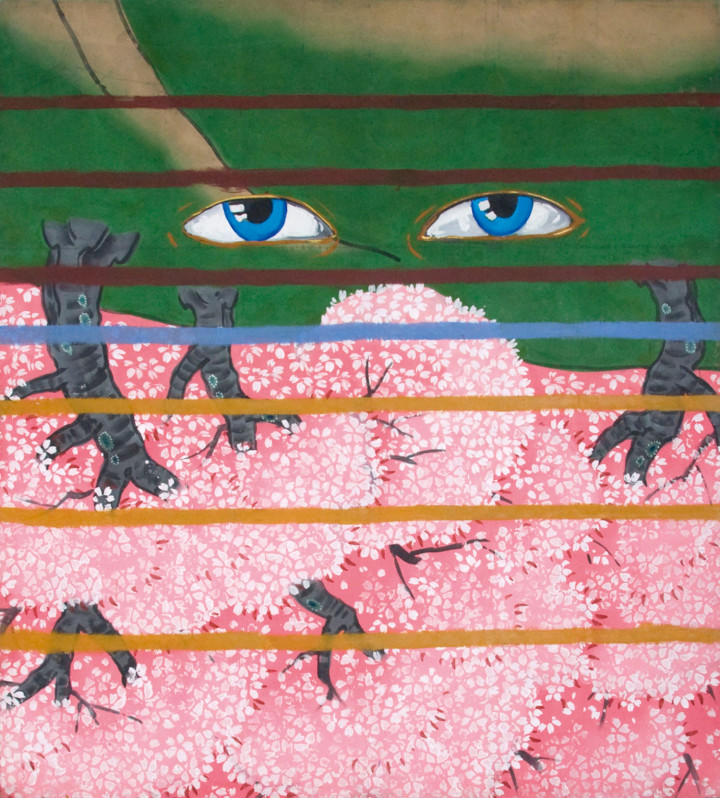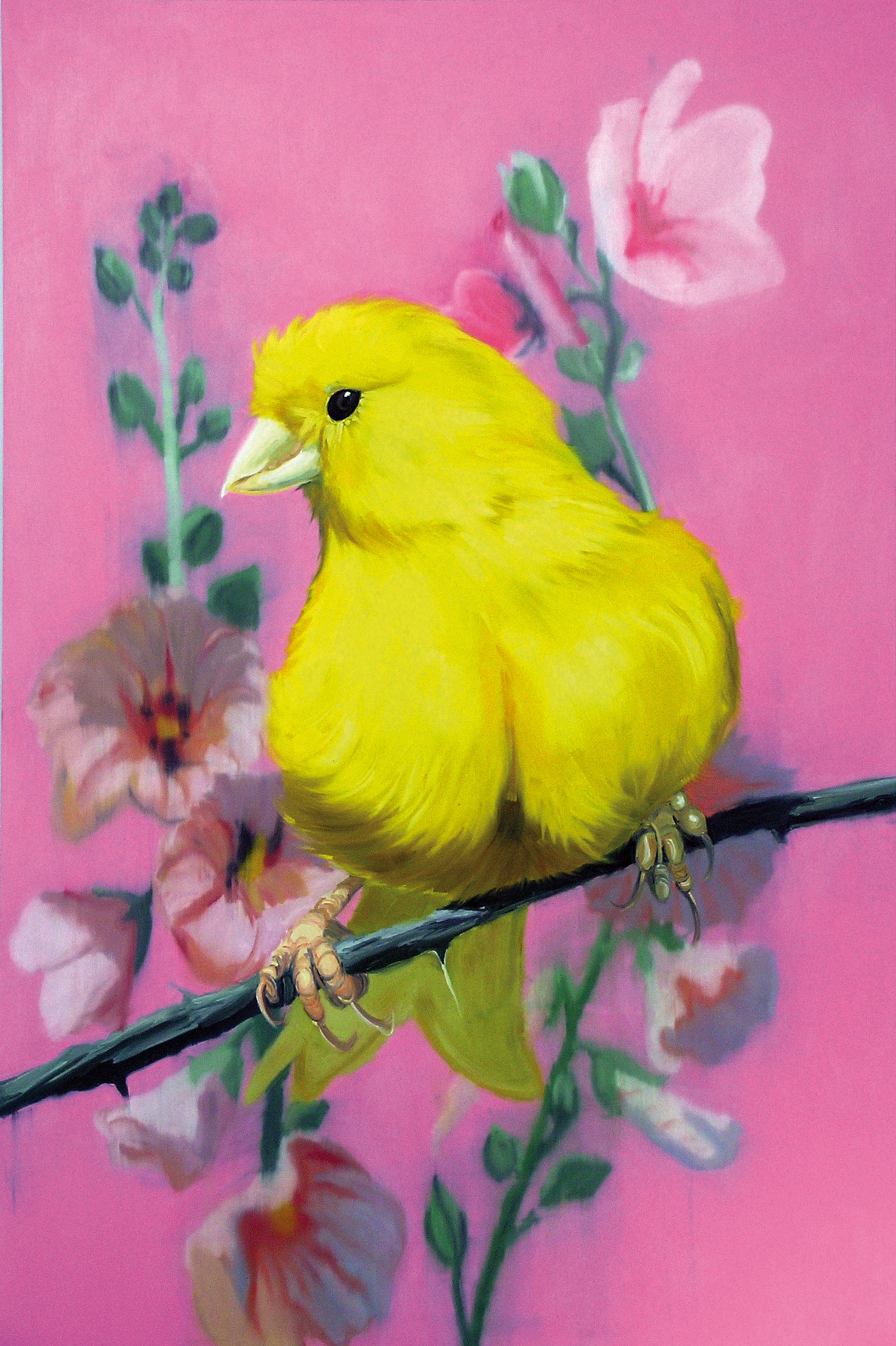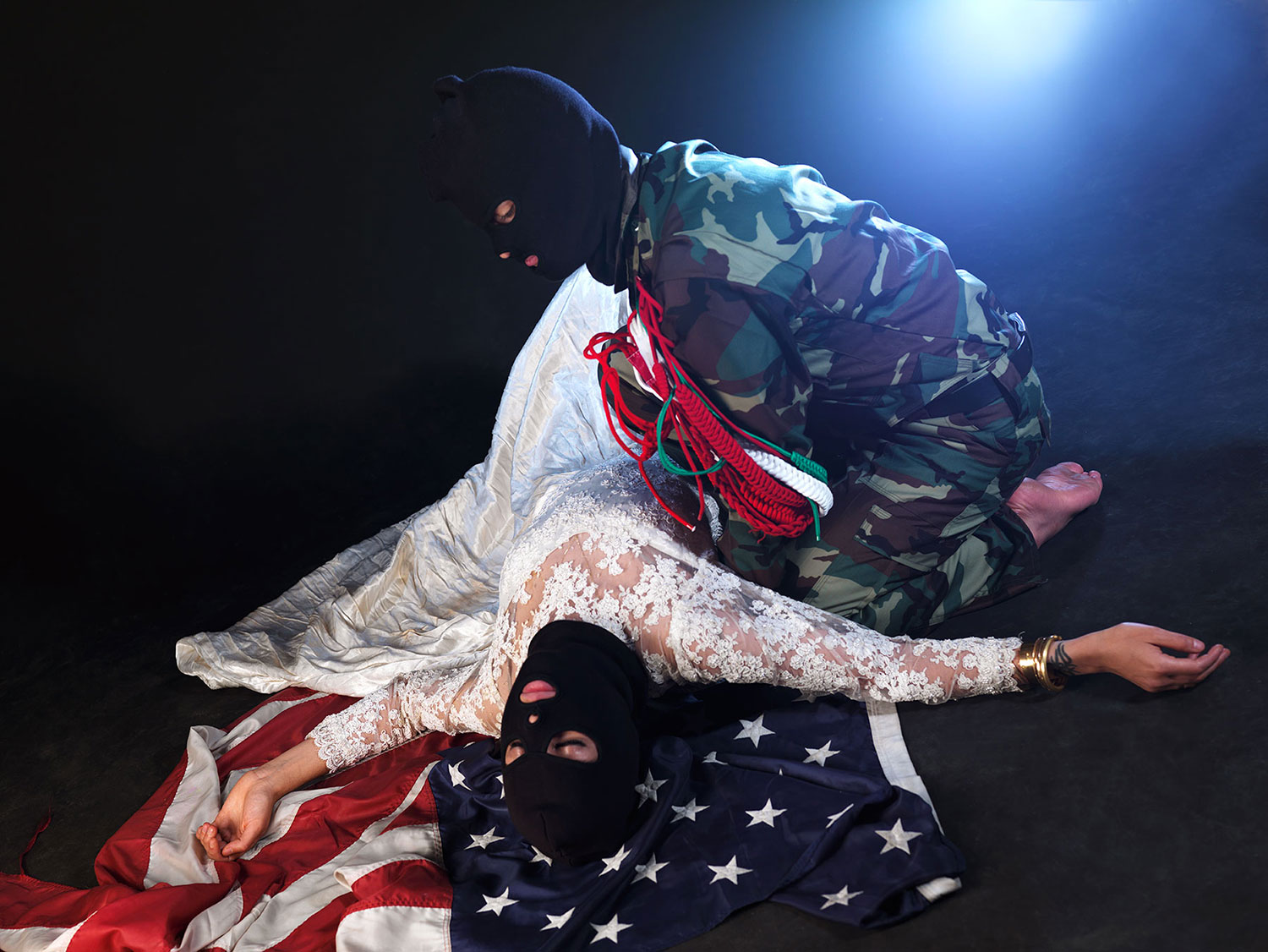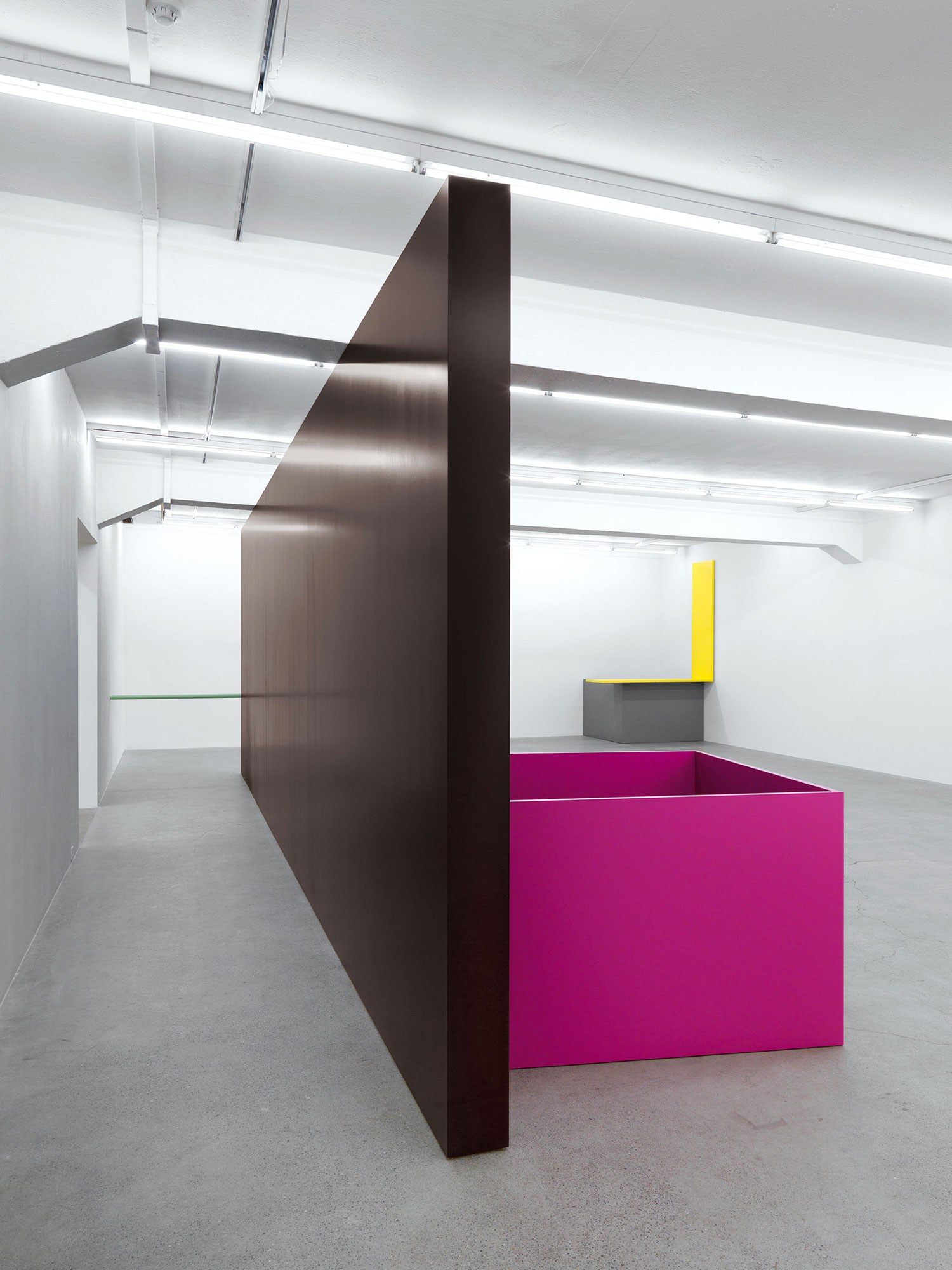
At the entrance of “Your History is Not Our History, New York in the 1980s,” I was pleasantly surprised by Julian Schnabel’s painting Rebirth 1 (The Last View of Camiliano Cien Fuegos) which, placed together with Jenny Holzer’s “Truisms” and Sherrie Levine’s “After Walker Evans” series, represents the diversity of approaches that characterized the decade. On a more personal level, I remember most of the works from the time they were made, in particular I enjoyed Schnabel’s painting as it appeared on Flash Art’s cover in 1986. Schnabel’s cover was one of those successful covers that made Flash Art an important part of contemporary history. Similarly, David Salle (co-curator of the exhibition along with Richard Phillips), Francesco Clemente and Jeff Koons — who are all represented in the exhibition — appeared on covers of the magazine for the first time during the ’80s.
Schnabel’s painting, both political and surreal, is charged with exoticism and recalls Francesco Clemente’s self-portraits with its emphasis on eyes and line. Phillips said the works “are all from shows that David and I remember,” and he invited other artists to curate their own shows in order to create their own histories.
Salle and Phillips propose that the best work of the ’80s shares a belief in the necessity to take forms, ideas and content to their extremes. They have chosen to focus on artists whose work is grounded in ‘the pictorial’ — a specific structural, as well as emotive, sensibility, distinct from the solely ‘presentational.’
The exhibition includes different aspects and phases of the art of the ’80s, even if some artists have been excluded, and these exclusions tell us as much about the exhibition as the inclusions. Examples of conceptual art in the ’80s are represented by artists of the Pictures Generation like Laurie Simmons, Cindy Sherman, Louise Lawler, Sherrie Levine and Richard Prince. On the other hand their companions Robert Longo, Troy Brauntuch and Jack Goldstein are not part of the exhibition.With the exception of Jeff Koons, Neo Geo artists are not part of the exhibition. We don’t find Haim Steinbach, Peter Halley, Ashley Bickerton or Meyer Vaisman here.
With a focus on painting, early Malcolm Morley, Eric Fischl and Jean-Michel Basquiat represent expressionist paintings and Francesco Clemente is the only Italian Transavantgarde artist present. Schnabel, Salle, Carroll Dunham, Terry Winters, Ross Bleckner, Donald Baechler and Philip Taaffe all represent the decade when artists were stars, heroes and, if successful, also rich. Space and importance is also given to those artists like Robert Gober whose work, along with several paintings in the exhibition, reflect the tragedy and devastation of the AIDS epidemic at the end of the decade.
The fear of impending tragedy is announced by Barbara Kruger’s significant photo/text work. “We don’t need another hero” is a message that announced the end of the glamorous ’80s and served as a warning. The idea of less academic, more emotionally and personally charged art was a strong message that remains with us today as a testament to the decade.





